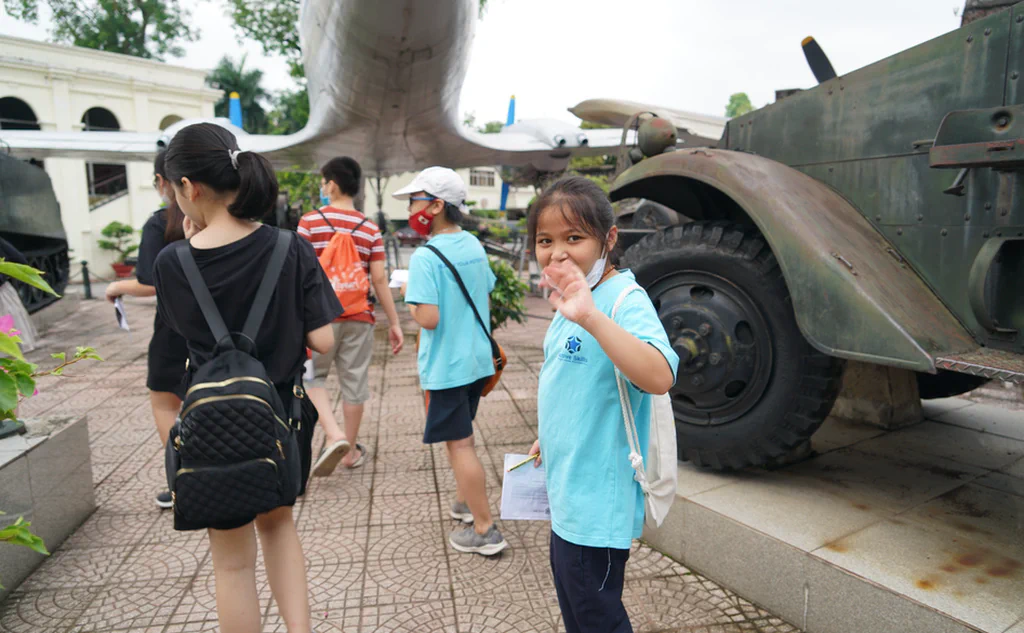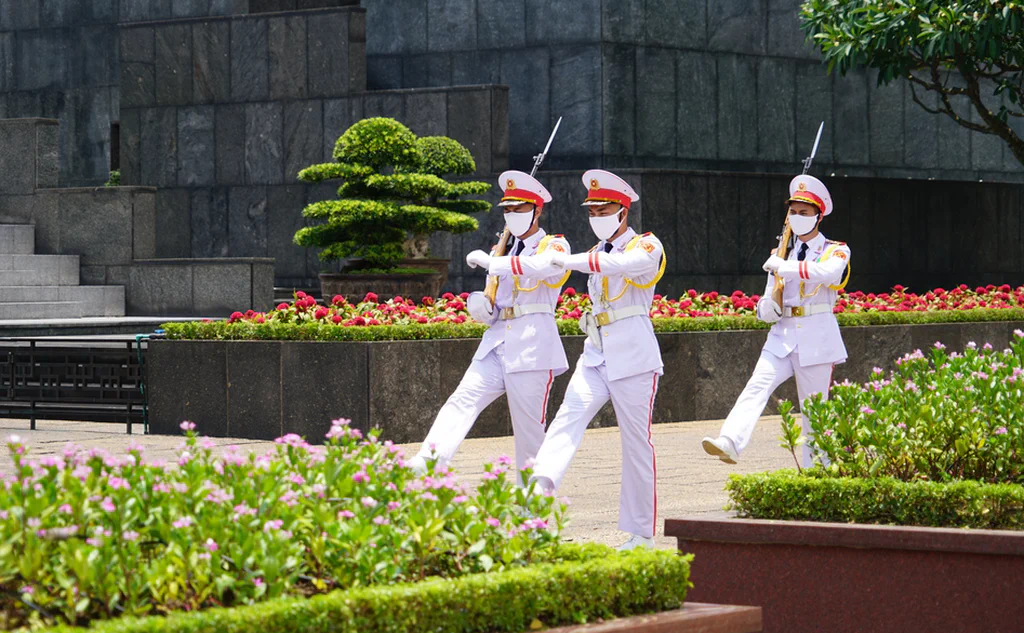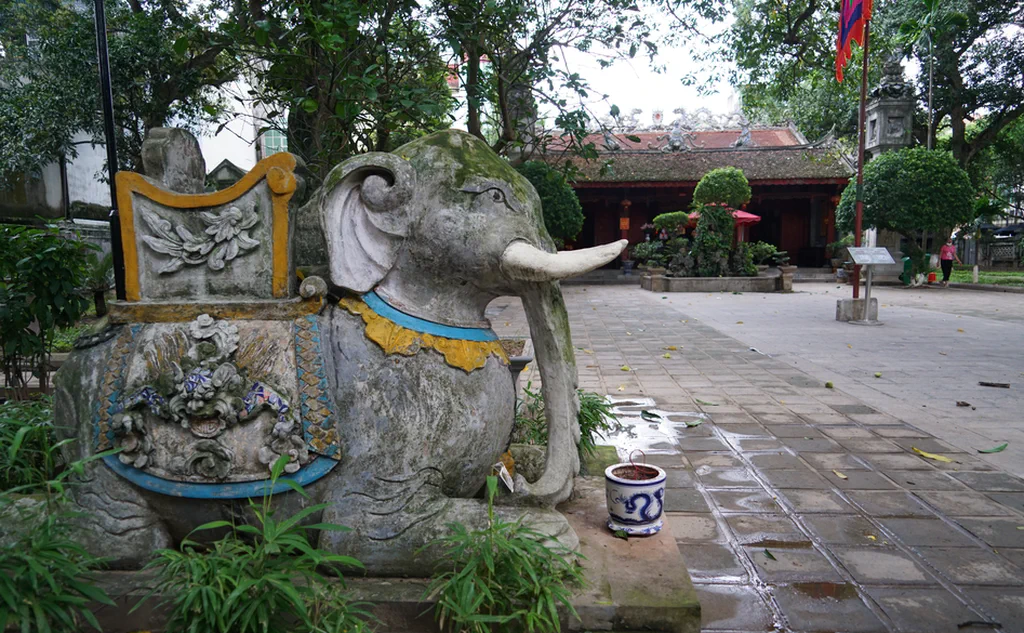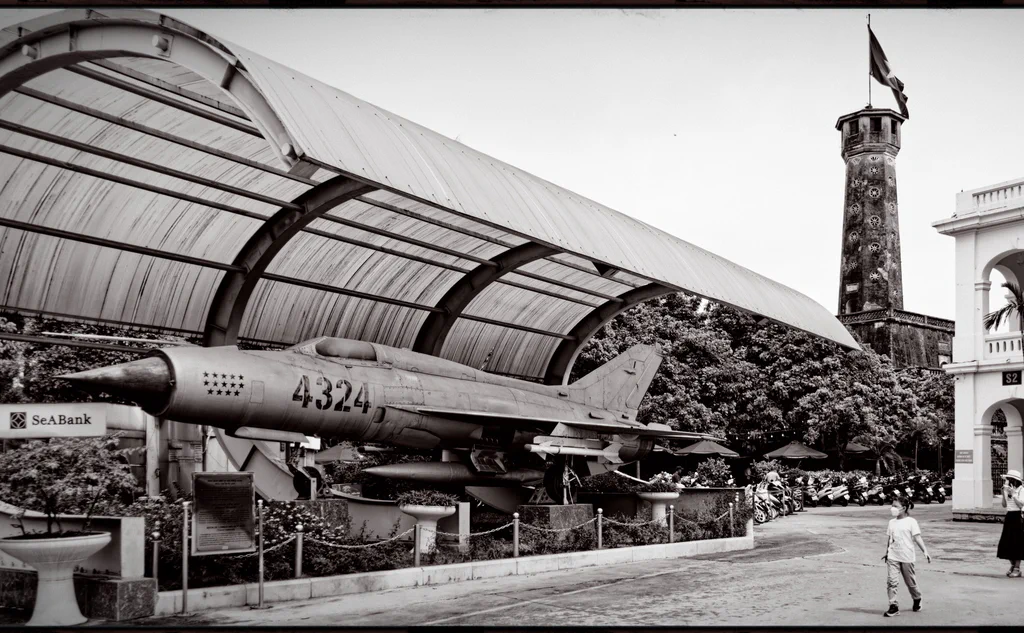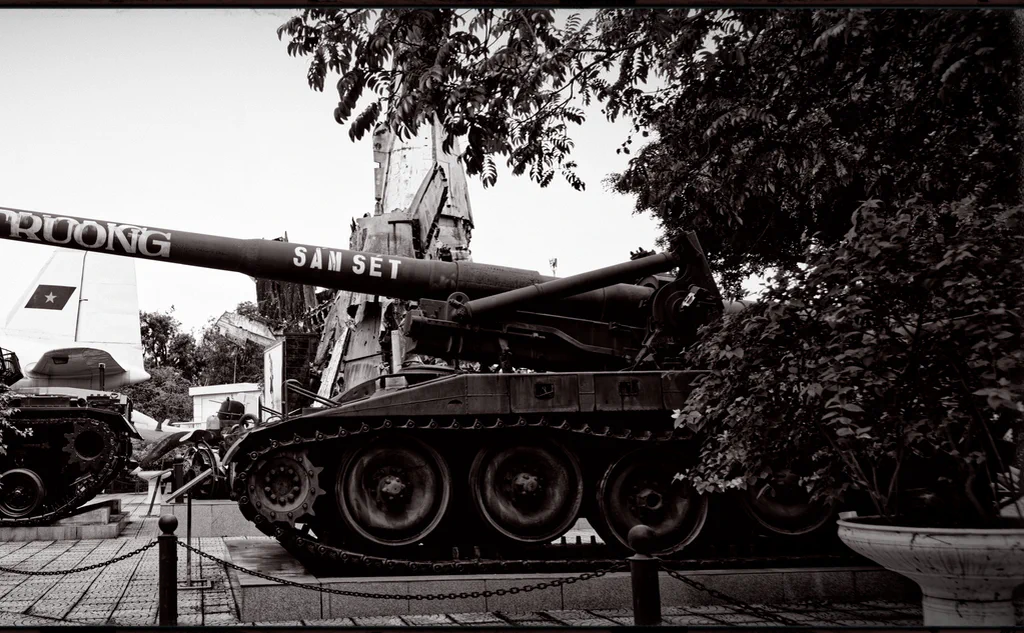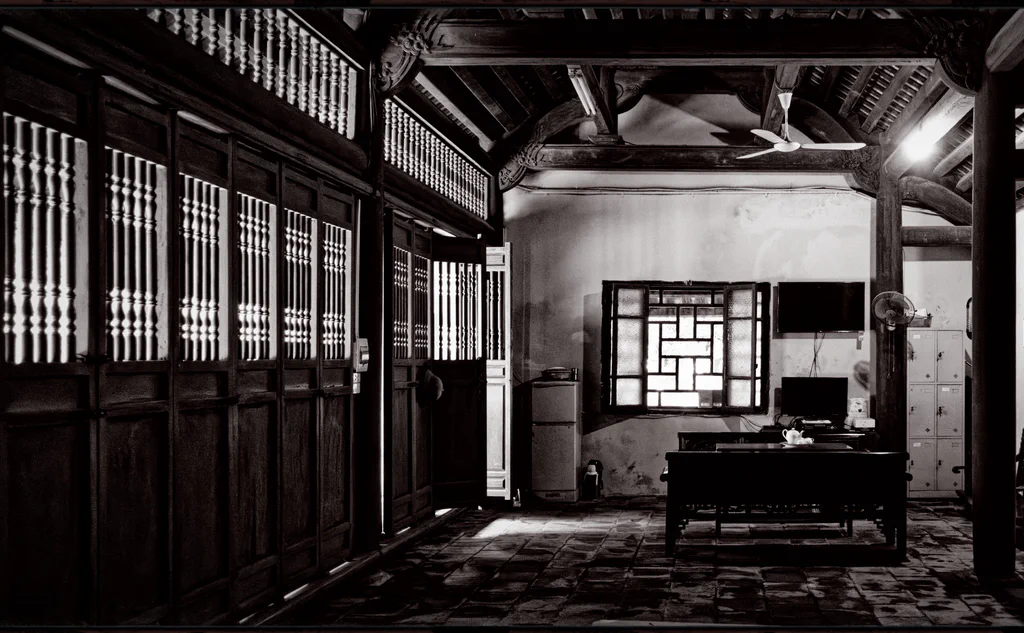Day 6 - 16th June
Museum of Military History
Today, we’ve earmarked a visit to the Military Museum, a place that brings to life the grave yet riveting facets of Vietnamese history.
Initially, I was a tad sceptical about whether we, as Western photographers, should really be snapping pictures of military equipment. In most socialist countries, that could end in a sticky wicket. But this is a museum. It powerfully showcases the challenges and bravery of the Vietnamese soldiers who battled through dense jungles and treacherous mountains, something the Vietnamese take great pride in. Upon entering, it’s clear that we’re welcome here. The soldier at the gate even requested I take a few photos of her for keepsake.
Surrounded by exhibitions of ancient weapons, aircraft, tanks, and artillery that once served on battlefields, I feel both awed and humbled. These silent artefacts recount tales of conflicts and victories, of the pain of loss and the joy of triumph.
As I wander amid rows of wartime equipment, attempting to capture the breadth of displays through my lens, school groups stream into the museum. The children are chuffed to see us Europeans, their curiosity about the foreigners with cameras is rather infectious. With twinkling eyes and cheerful grins, they pose for my snaps, conjuring an unexpectedly jovial ambiance in an otherwise sombre museum setting. The photos I take of these children convey hope and zest for life, in stark contrast to the heavy history the museum represents.
Hồ Chí Minh Mausoleum
(Lăng Chủ tịch Hồ Chí Minh)
Next up is the Ho-Chi-Minh Mausoleum. It stands unusually empty under Hà Nội’s midday sun. Ho Chi Minh, ’the Enlightened One’, was more than just a politician to the Vietnamese. He was an emblem, a leader who steered his people through the darkest chapters of their history. Born in 1890 into a rural family, he garnered global recognition as the leader of Vietnam’s independence movement against French colonial rule. Though his birth name was Nguyen Sinh Cung, he’s known worldwide by his war name “Ho Chi Minh”, meaning “the one who enlightens.”
The mausoleum where he lies in state was erected in his honour after his passing in 1969. Although Ho Chi Minh wished to be cremated as stated in his will, he was embalmed and since then has lain in this mausoleum, a revered site for many Vietnamese. It symbolises Vietnamese independence and resilience.
The cool granite of the monument feels almost surreal in the sweltering city atmosphere, much like a fish out of water. The guards, in their crisp white uniforms, stand steadfast and unwavering in their solemn duty, the only souls braving the scorching sun.
From a bit of a distance, I observe, shielded behind my camera lens. The mausoleum is monumental, imposing and quite the challenge for any photographer, especially without the lively contrast of crowds. Yet, this very lack of human presence lends the site a silent, almost mesmeric allure.
Quán Thánh Temple
My gaze drifts, and I find it resting on ancient trees whose branches shade the temple courtyard and whose roots seem to delve deep into Vietnamese soil. Amid the trees and brick pathways crisscrossing the temple, statues and shrines peek out, meticulously carved from stone and honoured over generations with prayers and incense.
Inside the temple, I encounter a hefty bronze statue of Tran Vu, the Northern guardian deity, dating back to the Le Dynasty. The god sits atop a throne, flanked by turtles and snakes, both significant symbols in Vietnamese mythology.
I pause, attempting to capture this awe-inspiring sight. The vastness and serenity of the space, the interplay of light and shadow on aged stones, and the imposing statue itself - it’s quite the photographic challenge.
The day is sweltering, and this temple garden, with its shade-offering trees, is just the ticket. Eventually, we take a breather on the stone benches at the temple’s edge, taking a moment before heading back into the city’s hustle and bustle.
The Lady with the Straw Hat
Just as darkness began to cloak the Hà Nội sky, I took a solitary stroll to Hoàn Kiếm Lake. People were out and about by the lake; some ambling along the shores, others seated on benches, basking in the coolness of the evening onset.
By the walkway stood a lady, an array of colourful paper fans in her grasp. She donned a traditional straw hat, partially shielding her face, yet her eyes, radiating warmth, were visible. I approached, and she greeted with a “Xin chào”, beckoning me closer. With our piecemeal understanding of one another, we managed a simple exchange. I purchased one of her paper fans, a lovely keepsake for my wife.
I then inquired if I might take a few snaps of her. She hesitated briefly before nodding. Camera in hand, I set up the shot. I took merely three photos, but one stood out. In it, she’s adjusting her straw hat. The picture emanated a quiet dignity, encapsulating the essence of my Hà Nội voyage.
This singular snapshot of the woman with the straw hat became the hallmark of my trip. It’s not only a memento of Hà Nội’s beauty but also of the human connection I discovered in fleeting encounters. And even though I’ve captured many a striking image during my time in Vietnam, it’s this photo of a humble fan-seller by Hoàn Kiếm Lake I find myself revisiting, touched anew every time.

